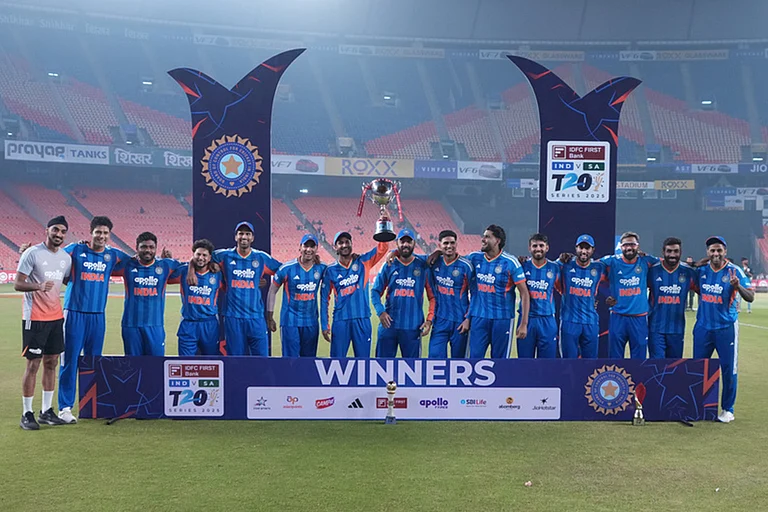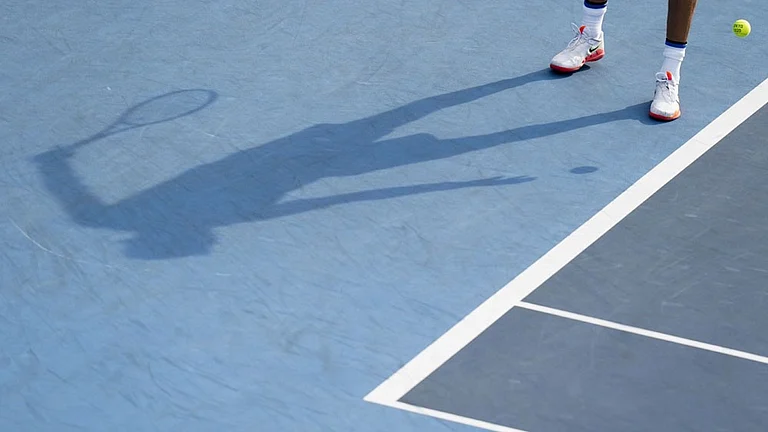Every government has the onus of responding to criss-crossing demands upon it in its annual budget making exercise. The BJP government had to balance several such demands and chiefly to fulfil the promises made during its run-up to the massive electoral victory two budgets ago; the need to keep the shine of its popularity while also meeting the needs of the lobbying sectors of the economy be it industry, agriculture, ICT or the real-estate and housing sectors.
There are sufficient indications that we are being taken on a hurricane trip to Gujarat experience of growth over 15 years, but in a capsule format, with a long term gestation plans.
Going by the fact that a day after the presentation of the budget there was a welcome surge in Sensex and a gain on 0.50 ps per Rupee against USD, Mr. Jaitley has indeed done a good act.
A constant criticism that the government was facing in recent months had been its pro-industry (Make in India), farmer-unfriendly (suicides, burden of debts accompanied by rising prices; land acquisition) policies, and going slow on bringing back the black money. There has been unprecedented high allocation of Rs. 38,500 Cr for MNREGA, an act that not only reiterates the programme’s economic importance for the rural poor but also its political dividends. Goal of complete rural electrification has been a constant feature of nearly all budgets for several decades now, and this one too makes an allocation of Rs. 8500 Cr for this purpose. It is hoped that in the subsequent budgets a greater emphasis is laid not on electrification afresh, but of generation using more renewable resources – solar and wind, especially. Focus made on promotion of organic farming should be matched by similar emphasis on renewable energy.
Farmers in the semi-arid and drought prone areas may now hope their thirst for water is to be quenched – at least partially, with the proposed addition of 28.5 Lakh hectares to be irrigated. It is hoped that the sources of water – underground or surface – are able to withstand this new demand on them, and if involving rivers, a clear policy emerges on linking rivers within and across the states. Of equal importance to support any further irrigation expansion is also one of finding a more contemporary formula for inter-state sharing of waters, and re-examining the changed watershed topography across the country.
The plan of developing over 300 ‘rur-urban’ hubs is indeed a smart proposal. Given the focus on smart cities the past few years, it is good to see the growing urban orientation of rural population is being given ‘speed-breakers’ made up of such small towns. They should, in due course, be able to offer a transit lounge to such migrants heading directly to the metros and large cities that are expanding. But then, a concern remains about the change in land use pattern especially away from food production to non-farm use and the rising demand for food and dairy products. Is the gradually shrinking farm sector capable of meeting growing demand for food security of a rapidly urbanising population – be it be rich or below poverty? And the 2016 proposal addresses the need to strengthen the off-farm livelihoods of the farmers, impart new skills to the rural youth, and so on. What is likely to be the backward linkage of these proposals to the rural livelihoods?
The open air ‘Swachh Bharat’ will soon have to widen its horizon to include waste segregation, and clean technology for recycling and overcoming resistance from members of community for locating the plants meant for them. Perhaps the 2017 budget will have a more elaborate road map to deal with this growing threat to civilisation.
This web-exclusive column does not appear in print magazine.
G K Karanth, Sociologist, Jain University, Bangalore





















